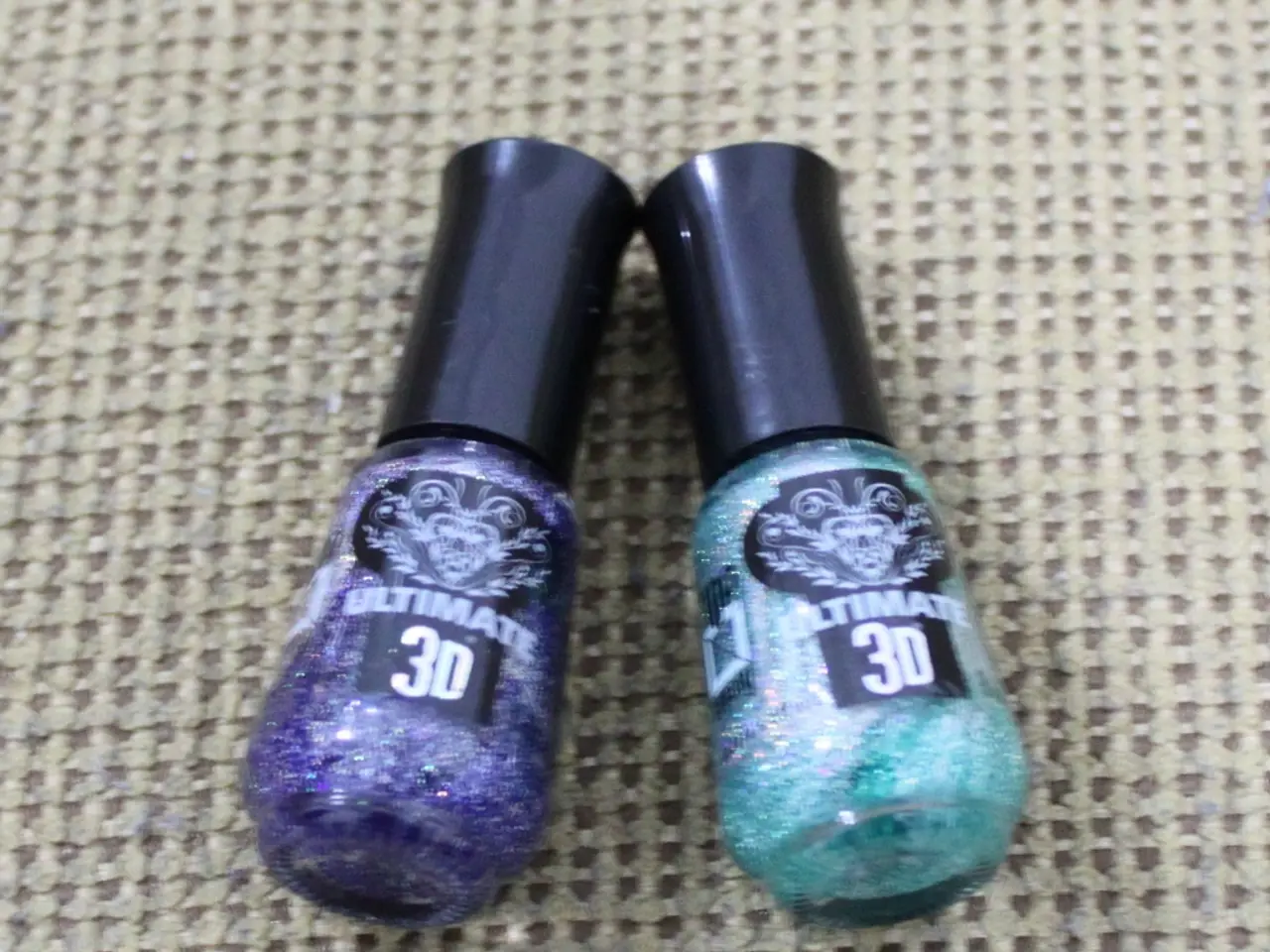Brasso: A Classic Metal Polish Requiring Careful Use
Brasso, a popular metal polish since around 1940, has been a trusted tool for restoring shine to brass and copper. However, its use requires caution, as it can cause more harm than good if not handled properly.
Brasso works by removing oxidation, dirt, and surface tarnish using abrasives and solvents. It's great for restoring the gleam to brass and copper items. However, it does not seal the surface, so tarnish may form again over time.
For many, Brasso brings back fond memories. As a child, I recall my father meticulously polishing his ceremonial uniform and service medals with Brasso before formal occasions. He continued this tradition even after retiring from active duty and serving in a reserve unit.
Despite its reliability, Brasso should never be used on lacquered, painted, or plated surfaces. It will strip away the finish, exposing the bare metal. For safer alternatives, consider mild soap and warm water, Murphy's Soap, or homemade polishes made from vinegar, salt, and flour.
When using Brasso, it's crucial to start with restraint and read the label instructions first. Immersing objects in Brasso is not recommended, as it's designed for surface polishing, not soaking. Additionally, Brasso contains ammonia, so avoid skin contact and rinse thoroughly with water if it gets into your eyes.
Brasso, while effective in restoring shine to brass and copper, requires careful handling. It's important to understand its limitations and potential hazards to ensure it's used safely and effectively. Always follow the instructions and consider safer alternatives for delicate or plated surfaces.
Read also:
- Australians Embrace Tesla's Powerwall as 4,000 Units are Sold in a Single Month of July
- Regensburg's Citizen Energy Co-op to Power Aumovio, Schaeffler, Siemens with CO2-Neutral Electricity
- Datex Named Notable Vendor by Gartner for Second Year, Praised for Footprint WMS' Flexibility and Real-Time Insights
- Kobo e-readers are no longer receiving support from Pocket moving forward







